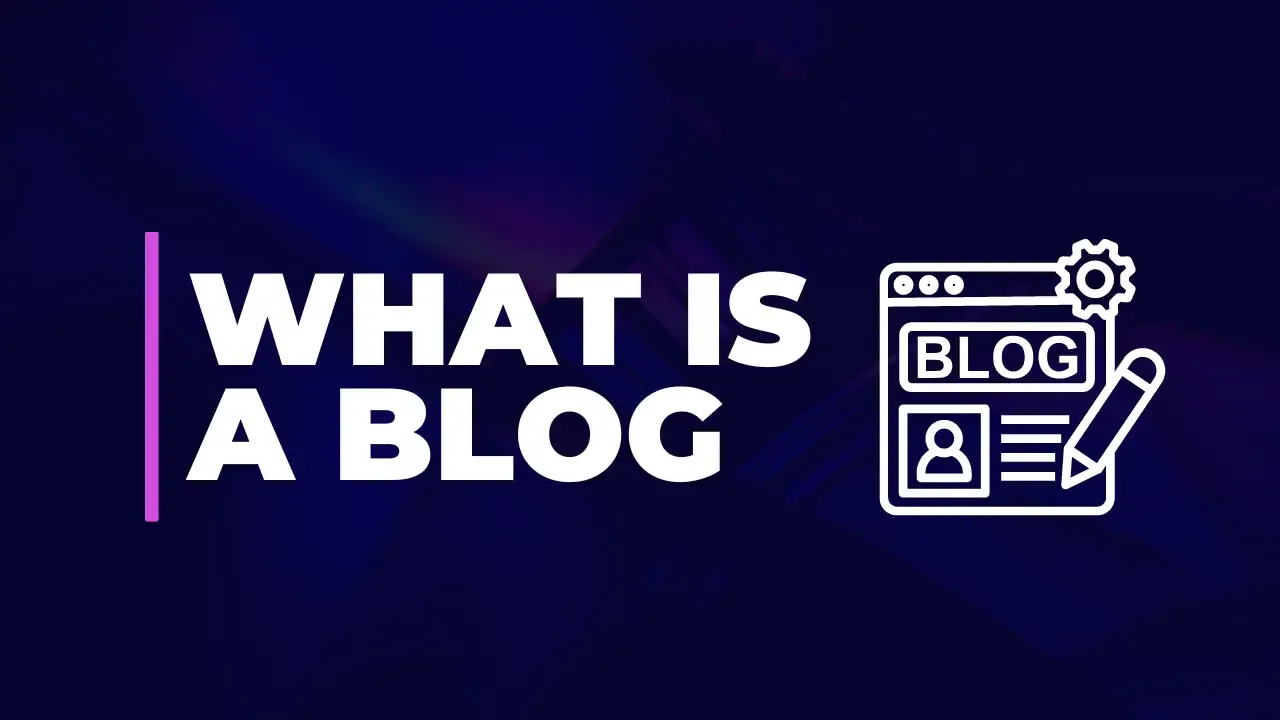What is a Blog? Definition, Types, Benefits, Why?

Defining a Blog
Characteristic features of a blog
Blog is short for the term "weblog," yet it means a dynamic online platform characterized by several key features:
Regularly updated content
Reverse Chronological Order of Posts
Interactive comments section
Personal or professional tone.
Categorization and Tagging of Content
Evolution of blogging
Blogging has certainly come a long way since its very humble beginning:
1990s: Early personal diaries online
Early 2000s: Blogging platforms begin to rise.
Mid-2000s: Professional and corporate blogs became popular
2010s: integration into social media, multimedia content.
Present: In a diversified format, microblogging and video blogging.
Era
Key Development
1990s
Personal online diaries
Early 2000s.
Blogging platforms emerge.
Mid-2000s
Professional blogs pick up steam.
2010s.
Social media integration
Present
Diverse formats, multimedia.
How Blogs Differ from Websites
Although a blog is a kind of website, there are some distinctive features for the former:
Dynamic vs. Static: A blog gets updated regularly, while the usual websites may remain static for longer periods of time.
Chronological Order: Blog posts normally appear in reverse chronological order, unlike static websites that appear in a fixed structure.
Interaction: Comments are usually attached to every blog, allowing the readers' interaction.
Personal Touch: In most instances, blogs sound much more personal or conversational in tone than formal websites could ever be.
RSS Feeds: Most of the blogs provide an RSS feed that subscribers can use to easily receive updates. Now that we have been able to define a blog and how far it has evolved, let us see what types of blogs are living in this digital environment.
